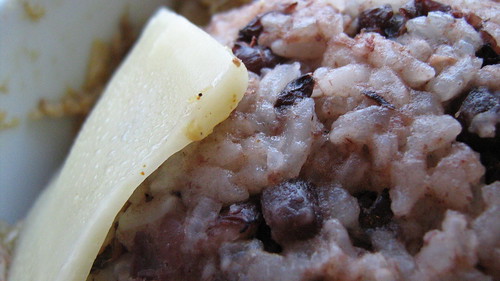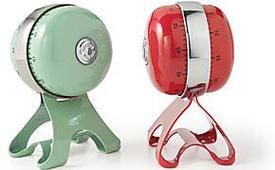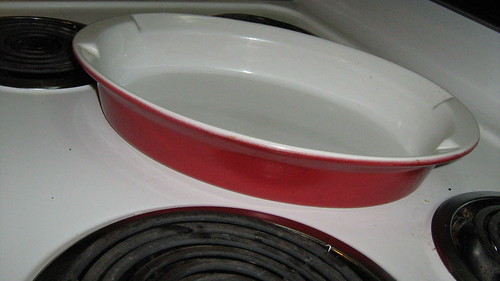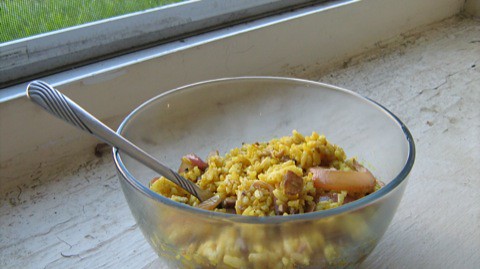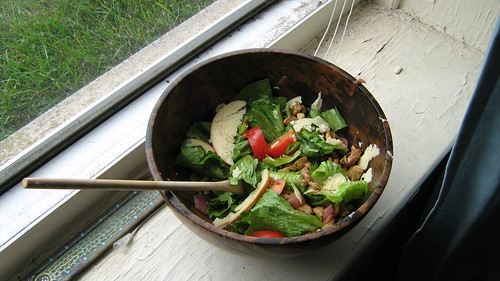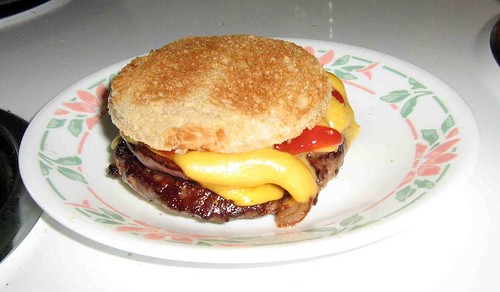 I didn't think I liked deviled eggs. I didn't have a reason really, except that they had been categorized in my head next to the other foods that seemed to surface at holiday parties my grandparents threw when I was a kid that I refused to eat - pickled beets in particular. There was something about the consistency of the eggs, slimy whites and chalky yolks, ice cold and impossible to pick up, let alone eat, that didn't do much for me.
I didn't think I liked deviled eggs. I didn't have a reason really, except that they had been categorized in my head next to the other foods that seemed to surface at holiday parties my grandparents threw when I was a kid that I refused to eat - pickled beets in particular. There was something about the consistency of the eggs, slimy whites and chalky yolks, ice cold and impossible to pick up, let alone eat, that didn't do much for me.That was 20 years ago, and I figured not long ago that I should give the things one last shot. I'm glad I did, because in the process I found yet another use for one of my favorite things: pastrami.
When I broached the idea of putting meat into deviled eggs to some friends at a get-together I threw a few weeks ago, they reacted with universal...let's call it suspicion, though it might've been closer to disgust. It isn't that weird an idea, though - hard-boiled eggs have been intrinsically paired with ham for years and years and pastrami, though not a pork product, shares a lot of the same characteristics with ham while being a little subtler, a little spicier and slightly less versatile.
 This recipe is perfectly tasty without the pastrami though, so leave it out if you must. Keep in mind, though, that you might have to increase the quantity of salt to compensate.
This recipe is perfectly tasty without the pastrami though, so leave it out if you must. Keep in mind, though, that you might have to increase the quantity of salt to compensate.Ingredients:
- 6 Eggs
- 1 heavy pinch of salt
- 3-4 slices deli pastrami, chopped
- 1/2 tbsp butter
- 1/2 handful Green Onions, chopped
- 1 tbsp Mayo
- 1 tsp Dijon Mustard
- 1/4 tsp Lemon Juice
- 1 tsp Tabasco
- Salt and Pepper to taste
- Paprika
Hard-boil the eggs. There are as many ways to this as there are people who make them, but I actually like Emeril's method - cover the eggs with water in a pan, bring them to a boil over medium heat, boil for 2 minutes, remove from heat, cover, and let sit for 11 minutes before cooling and peeling.
Fry the chopped pastrami in a pan with the butter until crispy while your eggs are cooling.
Cut the hard boiled eggs in half lengthwise and remove and reserve the yolks in a bowl. You can use a spoon for this but if you're careful and if the eggs are cooked just right, you can pop the yolks out of the egg halves with your fingers without damaging the whites.
Mash the clumps out of the yolks with a fork. Add the rest of the ingredients and mix well. Spoon the yolk / mayo mixture back into the yolk shells, dust with paprika and chill in the fridge until serving.













